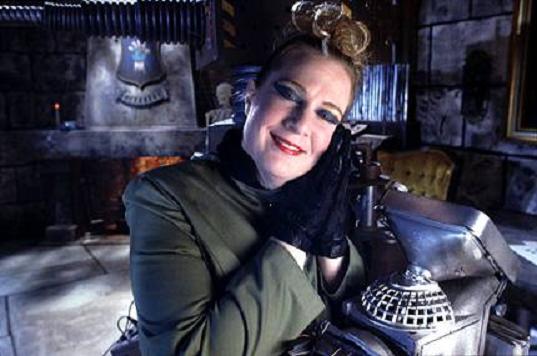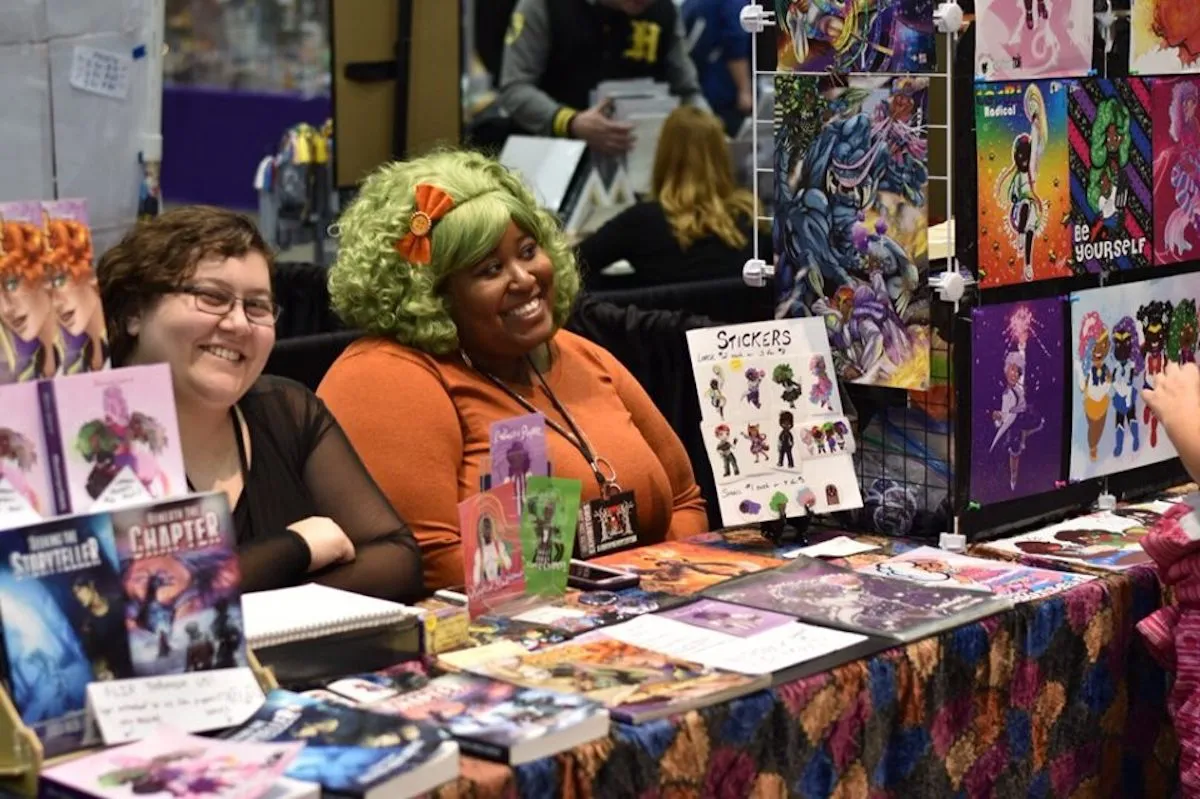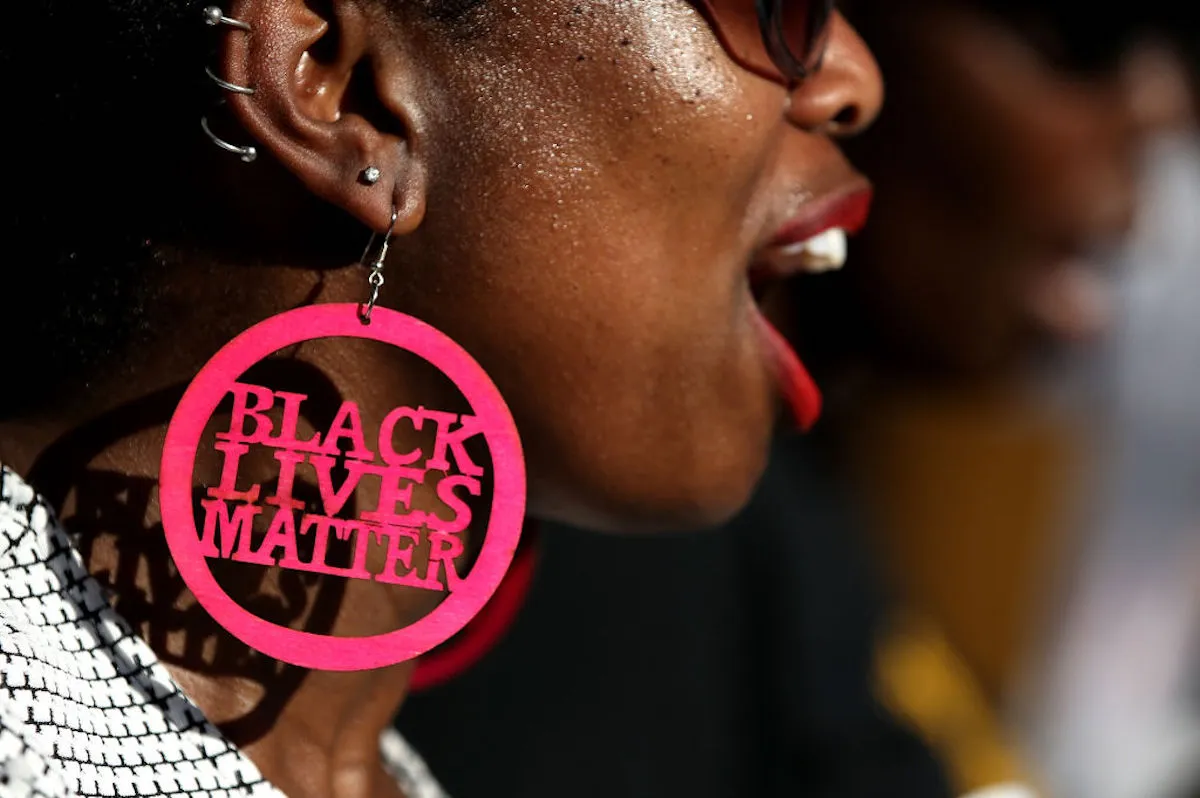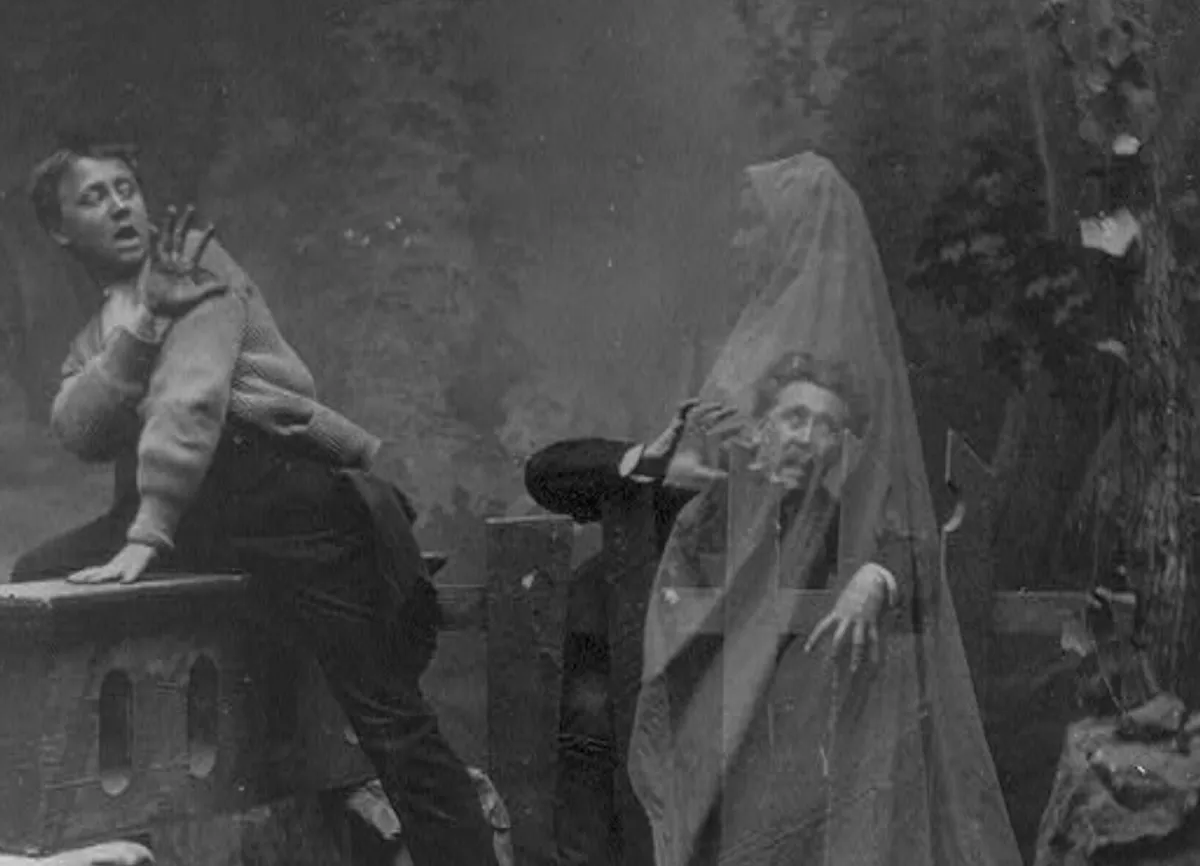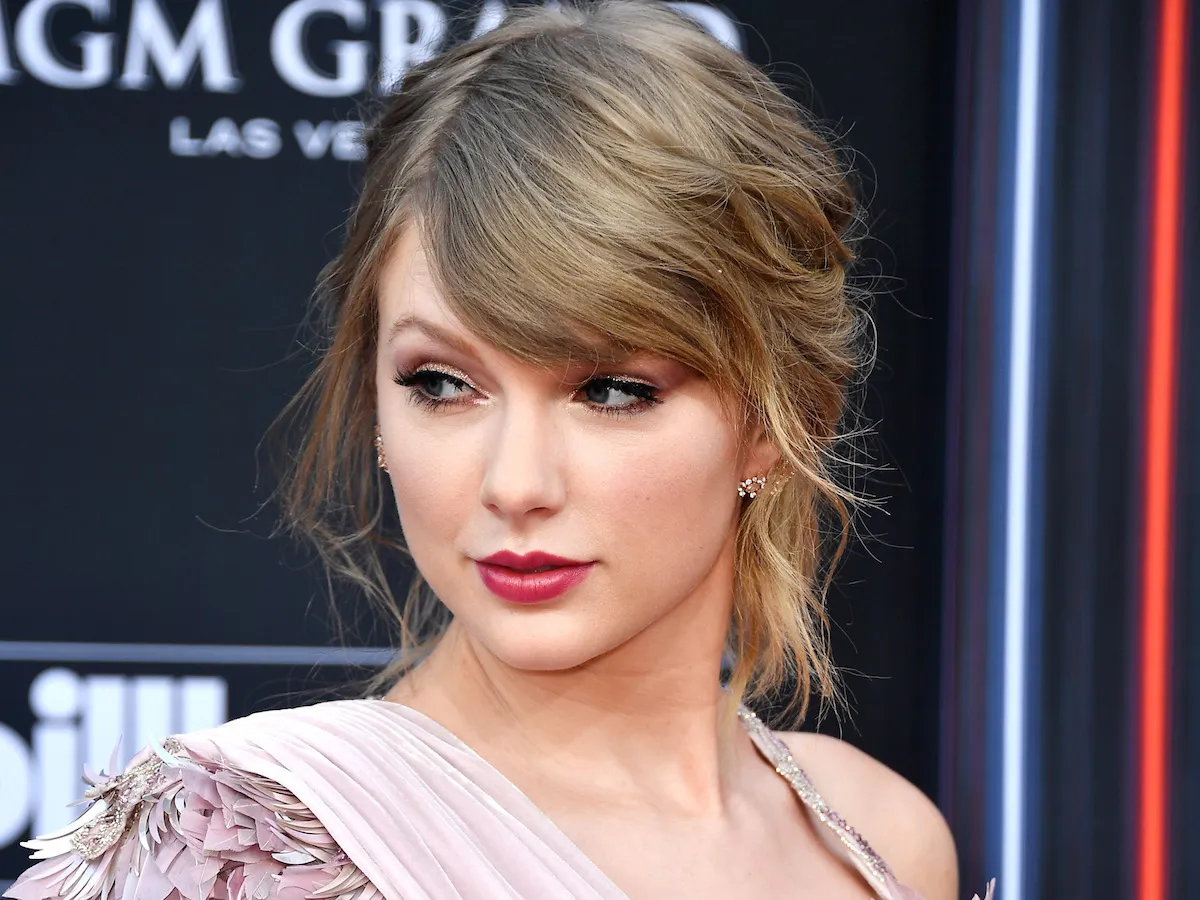In an extensive article, io9 has traced the origins of the female mad scientist and explored the progression of “lunatic ladies in the laboratory.” Reasons for the creation of such characters vary from your predictable “ambitious women must be crazy” to “women can be just as much of an evil genius as men.” Written by Jess Nevins, it includes examples both fictional and non-fictional, and is quite a read.
Nevins’ first example of a female mad scientist was “Mad Mathésis,” who was being held captive by the goddess Dulness in Alexander Pope‘s The Dunciad. The same character was expounded upon by Christopher Smart, who “altered” her madness and made her more than just a little “off” — he made her a monster.
More characters like Mathésis didn’t appear again until the late 19th century. However there were well-known female scientists (some of whom were thought to be insane) centuries before that. Margaret Cavendish studied the physical sciences in the 1650s. Even stranger, there were females in literature in the roles of warriors, detectives, and cowboys. So, where were the scientists?
Nevins’ argument is that none of these roles required women to be “intellectually dangerous.” (Not the detectives? Anyway …) They were dangerous “sexually and morally,” but not mentally. And that is what makes for a mad scientist. And that is where the “New Woman” of the 1890s enters.
The aforementioned female scientists were a rare breed since women weren’t even allowed into colleges and universities centuries ago. But once the Victorian age started, women were allowed to pursue a higher education — which took their minds away from the home.
I think you can see where this is going.
The New Woman was a woman who took many of the theoretical ideas of feminism and put them into practice as a lifestyle …
She advocated self-fulfillment rather than self-sacrifice, and chose education and a career over marriage. The New Woman was direct in speech and forthright about her political views. She smoked and drank openly, decried restrictive fashions, exercised and played sports. And she was sexually active, or at least advocated sexual freedom, and avoided marriage, seeing it as a trap designed to rob women of their independence.
The fictional female mad scientist was one of the many negative fictional reactions to the New Woman. For many middle and upper-class Victorian men, women were the guardians of civilization and English culture’s higher values. For the New Woman to strive for more than a role as wife and mother was deeply threatening to conservative moralists. For the New Woman to become an intellectual rival to men was even more alarming. Most novels of the 1890s portrayed the New Woman as coming to bad ends, and the novels with fictional female scientists are one version of this reaction.
Well, that was predictable. From this era came three female mad scientists: Olga Romanoff (George Griffiths‘ Olga Romanoff), Zalma van der Pahlen (T. Mullet Ellis‘ Zalma), and Madame Koluchy (L.T. Meade and Robert Eustace‘s The Brotherhood of Seven Kings). But rather than what we normally think of a stereotypical mad scientist, none of these women were eccentric recluses confined to their labs, trying to play God with human life. They were outwardly ambitious with specific goals and outcomes for their research. And another thing:
Male mad scientists were asexual, either past their sexual prime or, as creatures of intellect, above sexual desires; female mad scientists were portrayed as sexual beings, either using their sexual attractiveness to manipulate men or being sexually profligate as a sign of their moral perversity.
And yet, female characters were written to be more “three-dimensional,” passionate, and sympathetic to the reader.
But then, a real-life example came along: Dr. Louise G. Robinovitch, who claimed to bring dead rabbits (and later humans) back to life with electricity. Unlike her male counterpart Thomas Edison, she was a recluse and was doing the same “messing with humanity” that the fictional male mad scientists were depicted as doing. In fiction, playwright Susan Glaspell created botanist Claire Archer in The Verge, and instantly shifted the idea of a female mad scientist to something to be taken much more seriously as a force to be reckoned with. With Barbara Haggerwells in Ward Moore‘s Bring the Jubilee in 1953, the female mad scientist was finally brought into the mainstream.
Haggerwells is as much in the mode of the traditional male mad scientist as the female mad scientist. Though three-dimensional, Haggerwells is an unsympathetic character. She is static and lab-bound. She is briefly involved in a relationship with the narrator of Bring the Jubilee, but sex is not central to Haggerwells’ character as it was to earlier female mad scientists. She wants to change the past, but her emotions are mainly negative, unlike her passionate predecessors. Following Haggerwells, the female mad scientist would usually become indistinguishable, with the exception of physical characteristics, from her male analog.
Nowadays, Nevins says that female mad scientists are on par with the male versions. Which leaves us wondering why this kind of equality is so hard to achieve in other types of characters.
The entire article at io9 is highly recommended. As an historian of pulp literature and a comic book annotator, Jess Nevins knows his stuff!



